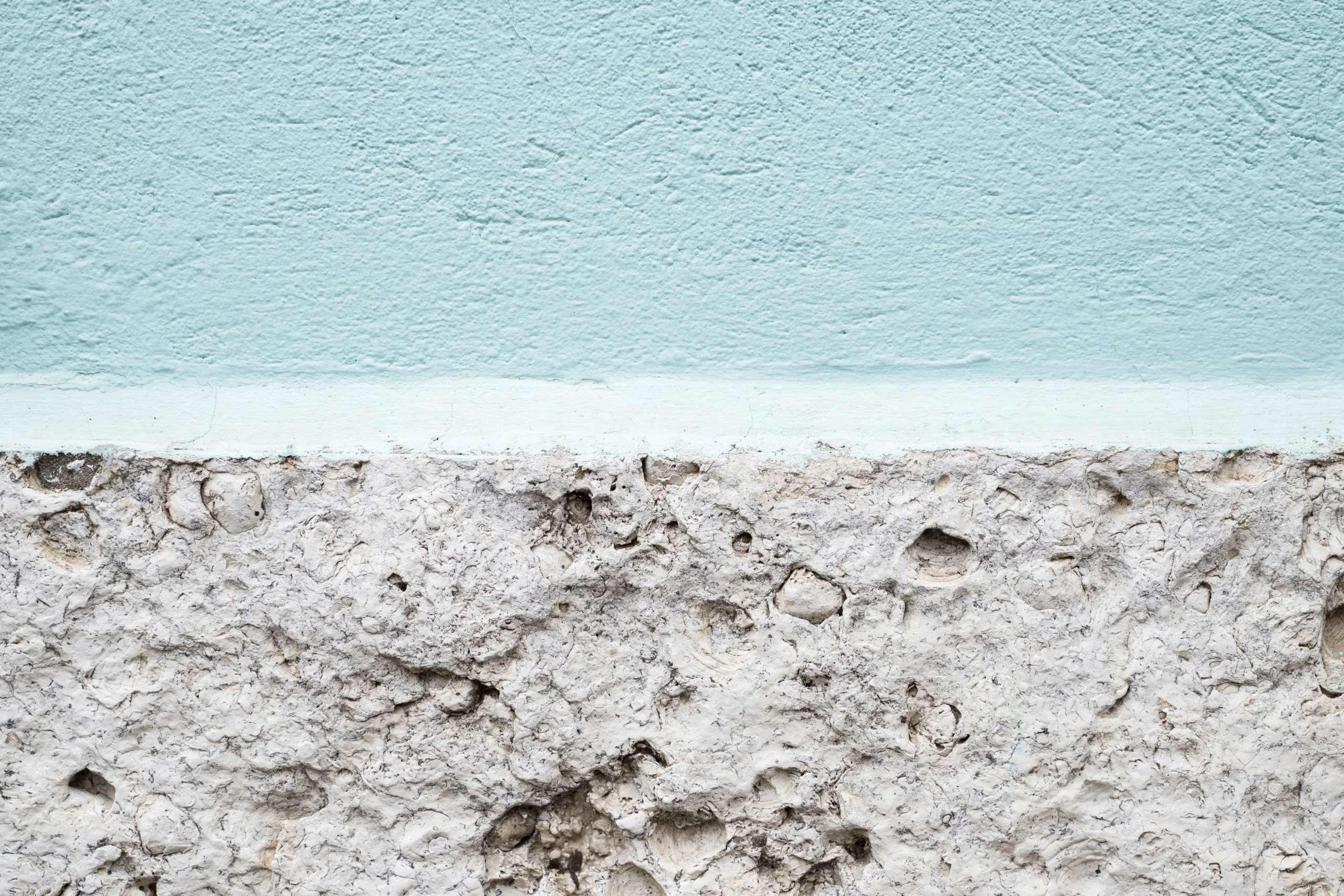Use our advice to make sure your home stays dry from damp coming through the walls. By teaching you how to Damp Proof a wall and solve damage problems.
Even though it is common, damp can cause real harm to both people and buildings, so fixing damp walls is very important. When damp is not sorted out, mould may grow, which sends tiny spores out into your home’s air and can damage your health when you breathe them in. Water can make your walls bend and can also cause noticeable stains.
If you’re experiencing dampness in your walls, try these steps to stop it from happening. Let this guide help you handle damp, which can appear on your walls, floors, or even in brick. We’ll explore how to prevent mould, what to do if it appears, and if a dehumidifier can help stop future issues.
How to keep damp from coming through your building’s walls
It’s obvious to anyone who faces damp how easily it spreads. Having dampness in your home can harm both the quality of your air and the structure of your building.
To prevent damp walls, what should you do? There are many things you can do to prevent damp from happening. Follow along to find out how to deal with damp in your walls:
- Proper ventilation in your home keeps unwanted damp from gathering on the walls. It’s especially worthwhile in bathrooms and kitchens because they are often hot and steamy. You should open your windows and doors every so often to make sure the air inside is circulated.
- Installing an extractor fan might help air out damp places in your home.
- All the rooms in your house should be well-heated by your furnace. Any room without heat can more easily develop dampness.
- Be sure to look for breaks and leaks in your walls, gutters, and roof regularly.
- If you don’t lag pipes, you risk getting condensation and damp in your heating system. Check that your window casings are not damaged by cracks or rot.
- Fireplaces are another source of damp, so it’s important to monitor their condition.
- If water condensation gathers on your windows, clean it up before it starts to form mould.
How to damp proof a wall from inside to reach your wallpaper
When your walls get damp, it won’t be long before the damp spreads to your wallpaper. Doing this can result in stains, mould, and peeling, which spoils your room’s look. Preventing dampness should be the goal when using wallpaper.
Let your home have proper airflow and make sure all your pipes are free from leaks. The limited protection wallpaper offers against damp means it may not keep you completely dry, so consult our tips in the ‘How to Damp Proof a Wall’ section.
Tips for stopping damp from getting through painted walls
Like wallpaper, paint on your walls will soak up moisture very easily. Do you have trouble keeping damp out of painted surfaces? Try to use these suggestions:
Is the dampness in your home the result of rising damp, condensation, or trickling through walls?
- Fix the reason behind your damp problem. To do this, seal any cracks, put in new windows, or put an extractor fan in to help.
- Run a dehumidifier to get rid of any extra moisture in your house.
- After that, handle any mould that you find. You have to spray a mould removal product to get rid of any mould on your walls.
- You can fix dampness in your walls by using paint as a sealant. Damp proof paint is an excellent solution for any house that regularly deals with dampness.
- Bear in mind, normal paint won’t solve the problem; the damp will eventually show through your paint.
How to Damp Proof a stone wall with plaster?
All the materials on your walls can allow damp to spread easily. Usually, it leaks through a crack in your masonry and moves on to the wall, plaster, and then the paint.
Want to know how to stop damp from seeping into the plaster? Prevention should be the first step. You’ll find more advice on ending damp wall issues in our ‘How to stop damp coming through walls’ section.
How to prevent damp from getting through your brickwork
Water invasion in your home’s walls during bad weather can bring about problems related to health and the structure of your property. It can easily happen that penetrating damp gets inside tiny holes in your walls and ends up dampening both the inside and outside surfaces.
When you see damp in brickwork and don’t know how to fix it, examine your external walls first. Pay attention to cracks, holes, and gaps in the wall.
If these issues are not addressed, dampness can result in spilling, which freezes your brickwork and allows parts to break and fall off. Cover your walls completely with a good waterproofing paint, such as Dryseal, if you see any obvious leakage. Thinking damp only ever shows up in walls; people often miss the fact that it can also spread across garage floors. If you notice your garage floor is sweating, it’s important to take notice.
Key Remarks
If you need assistance on how much to damp-proof a wall from an experienced team, let Phoenix Driveways help you. Whenever you see damp, you can’t afford to postpone tackling the problem since it will lead to bigger problems and more damage.
Therefore, calling a professional is your best chance if your damp problem is serious or you’re stuck figuring out how to start. Having a tradesperson work on your problem should lead to a simple and speedy restoration. Thankfully, our members have the skills needed to help you deal with any damp issue. Just enter your request on our site to find and connect with top experts.


